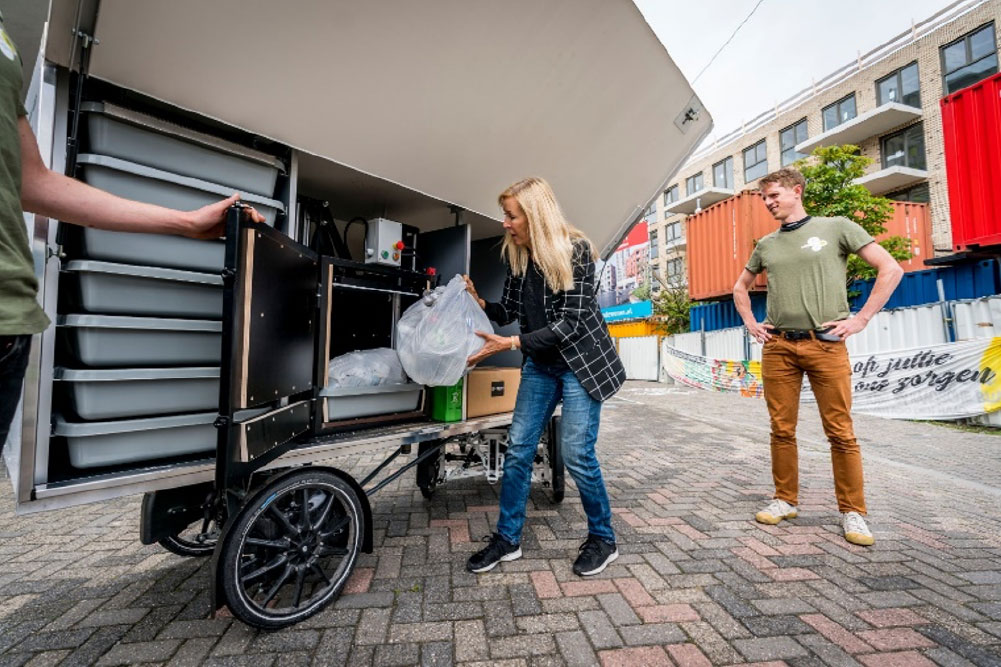A material or substance that has the potential to harm humans, animals or the environment.
17/01/2020
17/01/2020
A material or substance that has the potential to harm humans, animals or the environment.
 Circular city initiative
Circular city initiative